What Are The Components Of AWS?
4.9 out of 5 based on 25589 votesLast updated on 20th Dec 2022 28.69K Views
- Bookmark

Looking at the growing demands of AWS, this can be a great time to start your career in this field. For more details read this blog post.
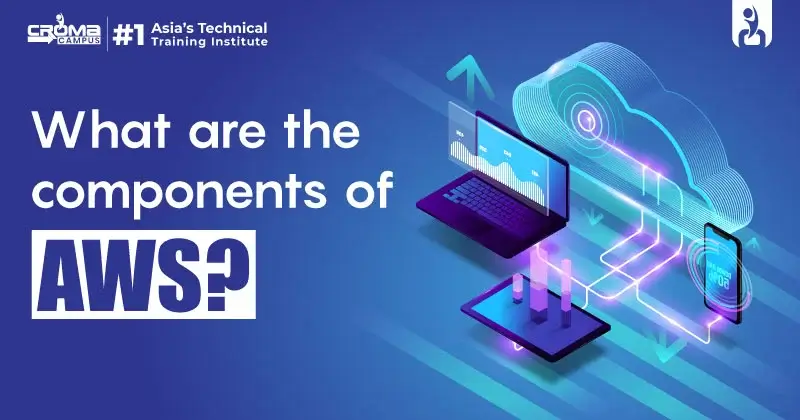
Introduction
Amazon Web Services (AWS) is the leading public cloud computing platform in the world and one of the pioneers of on-demand computing. Basically, Amazon brought AWS during cloud computing's early transitional phase. AWS came in the year 2006 with a simple queuing service for application developers and soon spread over to offer elastic computing and simple storage services. However, in the last few years, AWS Important concepts has grown to become a multi-billion-dollar business providing over 100 services ranging from database management, serverless computing, and data warehousing. Looking at the growing demands of core components of cloud computing aws, this can be a great time to start your career in this field. To help you further know the key components of AWS, AWS Online Training will guide you on the correct path. Also, Amazon packages AWS with scalable and virtually unlimited computing, storage, and bandwidth resources.
Let’s now move ahead, and know what are the components of aws.
What are AWS Components?
1. Data Management and Data Transfer
To run HPC applications in the AWS cloud, you are required to move the concerned data into the cloud. There are various data transport solutions designed to securely transfer huge amounts of data. This overcomes issues like a long duration for transfer, high network costs, and security concerns. Also, you can automate the movement of data between the on-premises storage and the AWS cloud. There are also options for developing a private connection to the AWS from your premises. This increases bandwidth to offer more throughput, lowers the cost of the network, and provides a consistent network experience.
2. Compute & Networking
There are multiple compute instance types that can be customized suiting to your needs. It also looks after monitoring your application and adjusting its ability to maintain a steady and predictable performance at an affordable cost. Also, setting up application scaling across various services for multiple resources takes a few minutes. Enhanced networking options from key components of AWS provide lower inter-instance latency and higher bandwidth.
3. Storage
When looking for an HPC solution, you are required to consider the storage options and cost. There are different flexible blocks, object, and file storage options in AWS services that offer permanent and transient data storage. It also allows allocating storage volumes according to the size you require. Also, with AWS services, you can move your workload to the cloud from on-premises.
4. Automation and Orchestration
For efficient use of infrastructure, you need to automate the scheduling of submitted jobs and the job submission process. AWS Certification and services allow you to run thousands of batch computing jobs through the dynamic provision of computer resources on the basis of the needs.
5. Operations and Management
As a system administrator, you need to avoid cost overruns and monitor the infrastructure. There are several management and monitoring services that enable you to optimize the utilization of resources, monitor the application, get a complete view of operational health, and respond to performance changes.
6. Visualization
With the AWS services, you can easily visualize the engineering simulations’ results without moving large amounts of data. Now, you can access the interactive applications remotely over a standard network and provide application sessions to any workstation.
7. Security and Compliance
For running applications on the cloud, you are required to have an understanding of regulatory compliance and security management. There are multiple quick-launch templates and security-related services offered by AWS. That further helps in protecting data and customer privacy by providing strong safeguards in the AWS infrastructure.
8. AWS Lambda
9. CloudWatch
10. Load Balancing
11. Application
12. Amazon CloudFront
Based on the information provided, you should be able to identify the key components of AWS, which will be beneficial. You can explore its multifaceted advantages through AWS interview questions.
Also Read This Post:
AWS Certification Cost In India
Difference Between AWS S3 And EBS
What Is AWS Command Line Interface
How To Pass The AWS Cloud Practitioner Exam
AWS DevOps Course Syllabus
AWS DevOps Real Time Projects
Advantages with AWS
Firstly, AWS has the most robust and comprehensive offering. At present, there are 175 services and counting. Additional new features, enhancements, and services come out weekly. Many of these new features come directly from customer requests. Besides, with low prices, it offers more services.
Secondly, AWS offers a wide range of services that almost any use case fits right in. Services range from basic storage and computing all the way to the more specialized niche services like streaming media, robotics, and even quantum computing.
Also, For more information visit here: Microsoft Azure Course Online
Conclusion
Since AWS’s cost is modified on the basis of customer usage, start-ups, and small businesses can see the obvious benefits of using Amazon for their computing needs. So, looking at its widespread usage and growing demand. You will be able to name 5 key components of AWS post acquiring its legit training. You should think of a career in this field. With AWS Training in Bangalore, you will learn the necessary workflow in this field. In fact, AWS is great for building a business from the bottom as it offers all the tools necessary for companies to start up with the cloud. Hence, if you think to outgrow your business, AWS is the solution for you.
Subscribe For Free Demo
Free Demo for Corporate & Online Trainings.

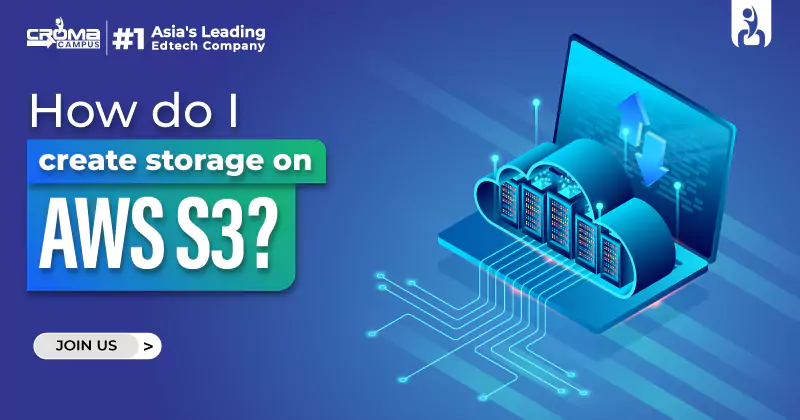
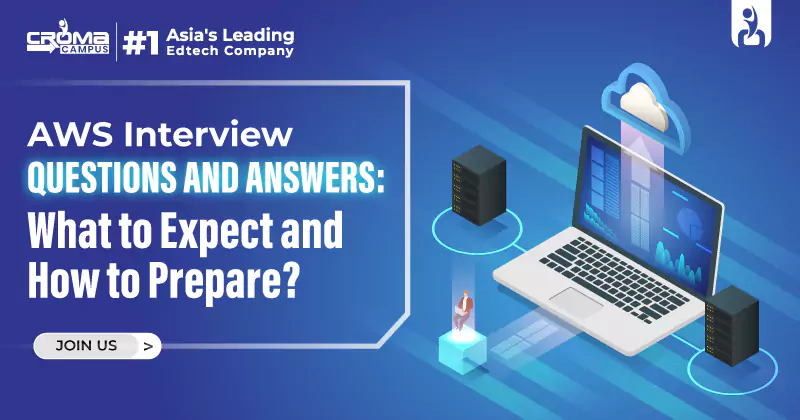
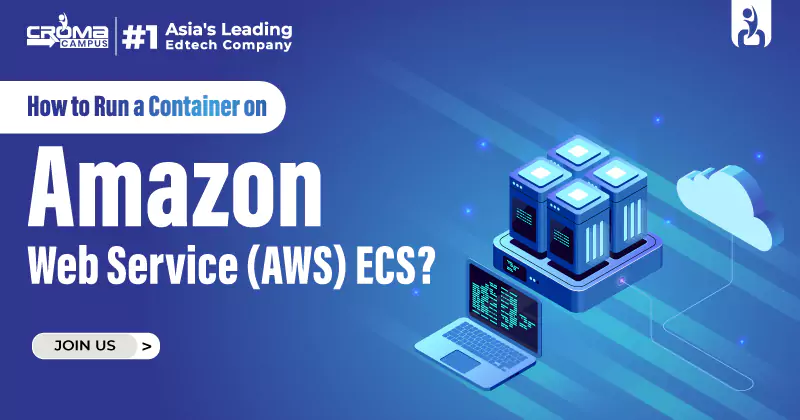
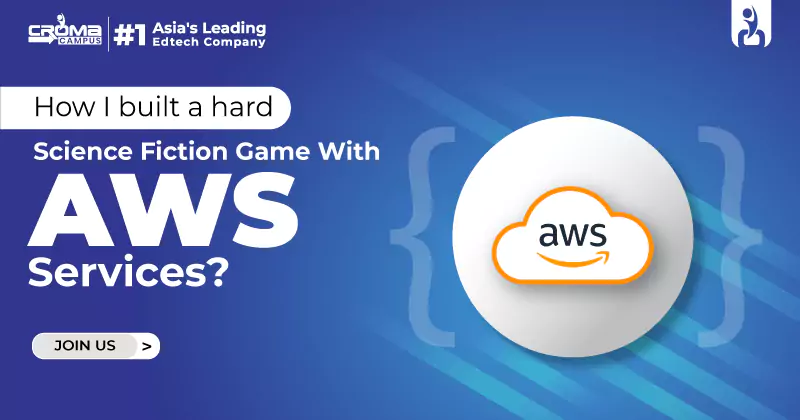
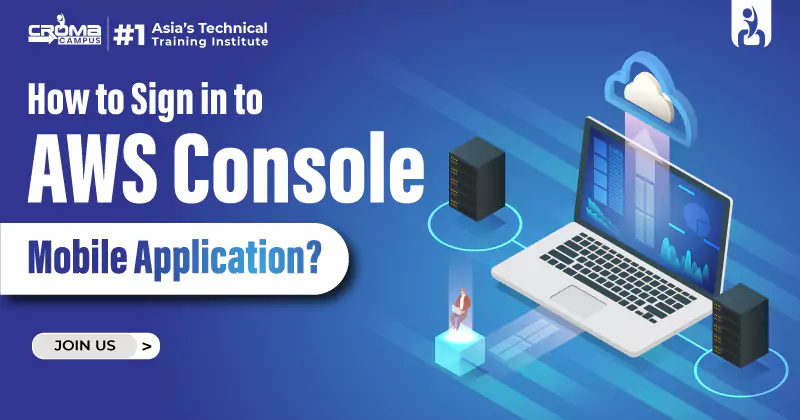
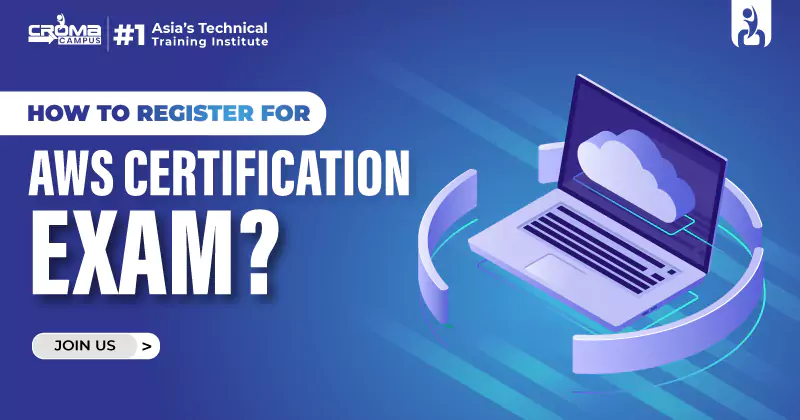
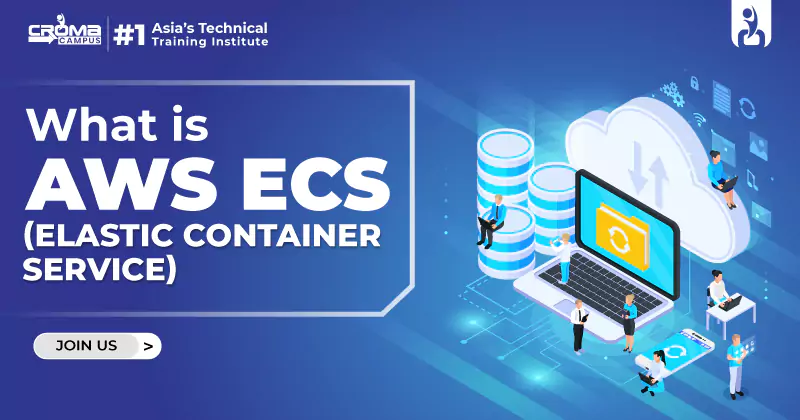
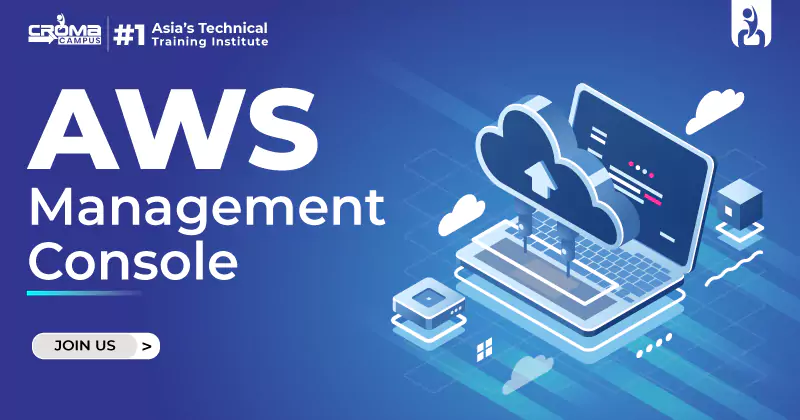
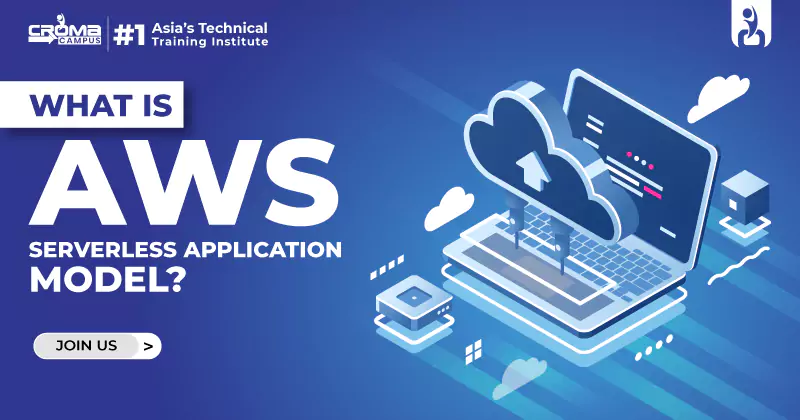
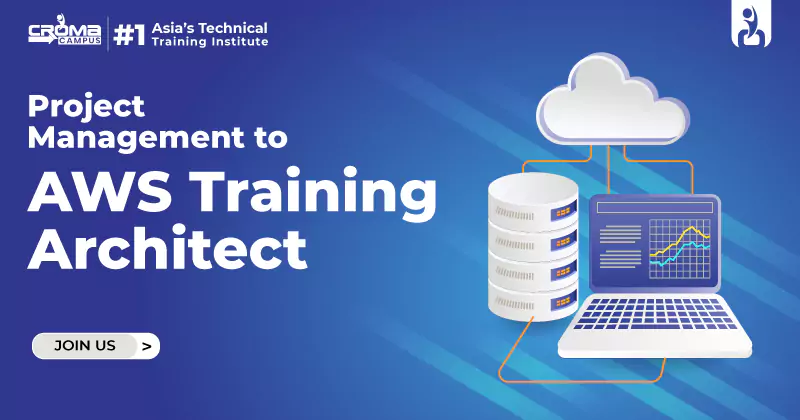
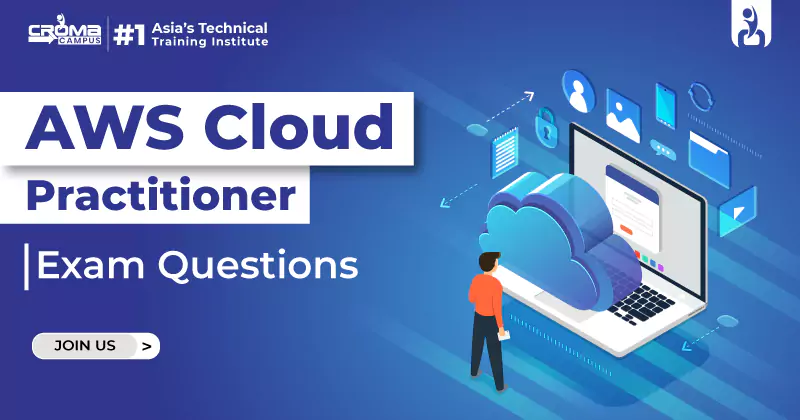













.webp)

.png)















